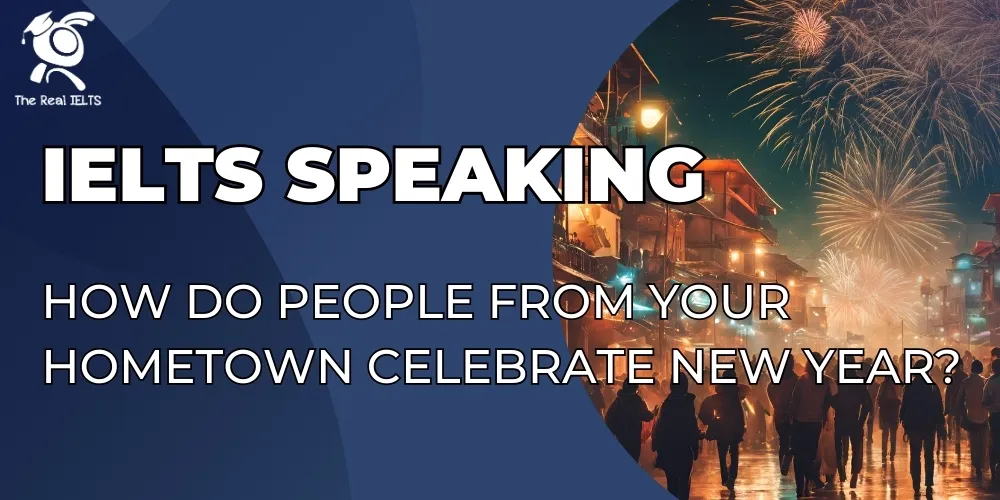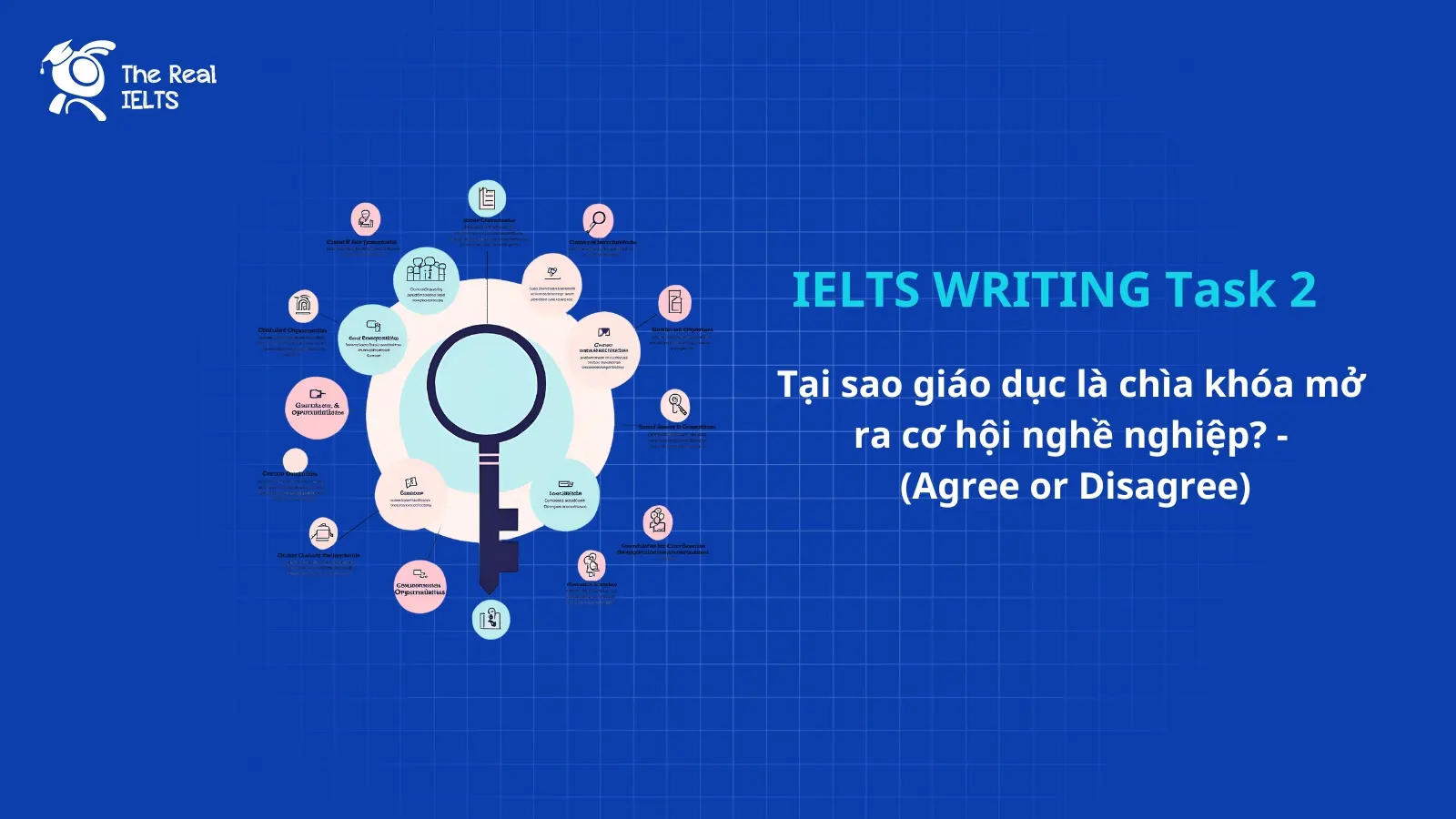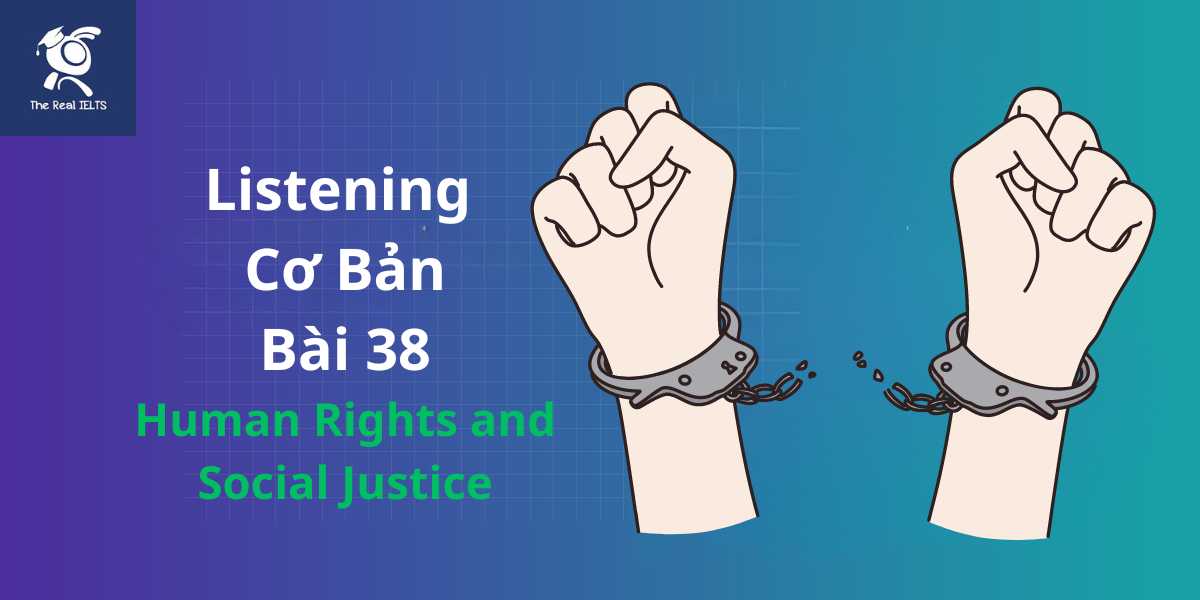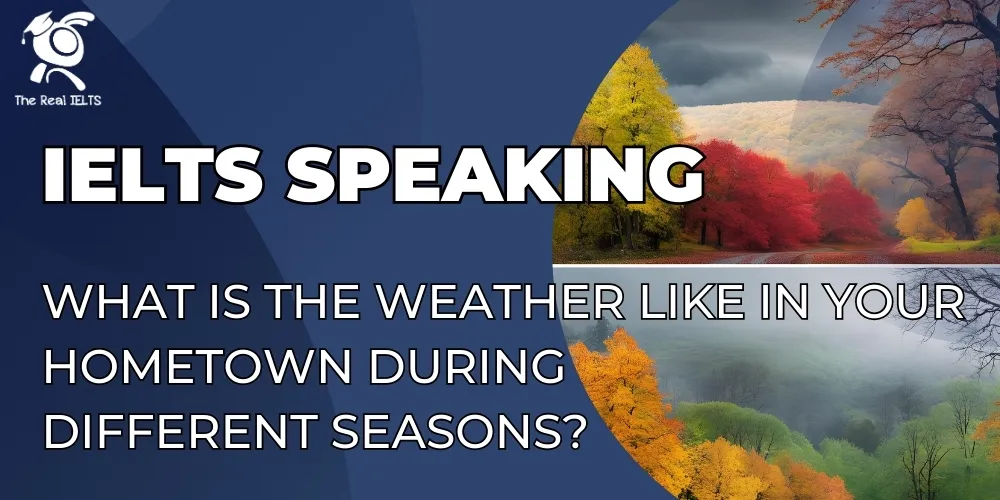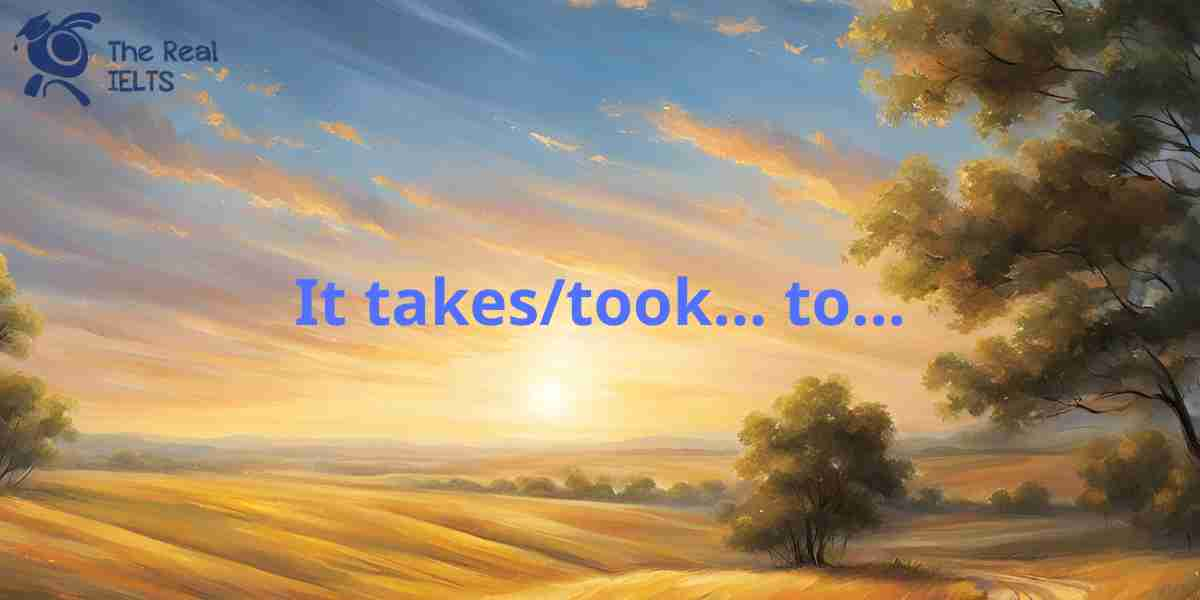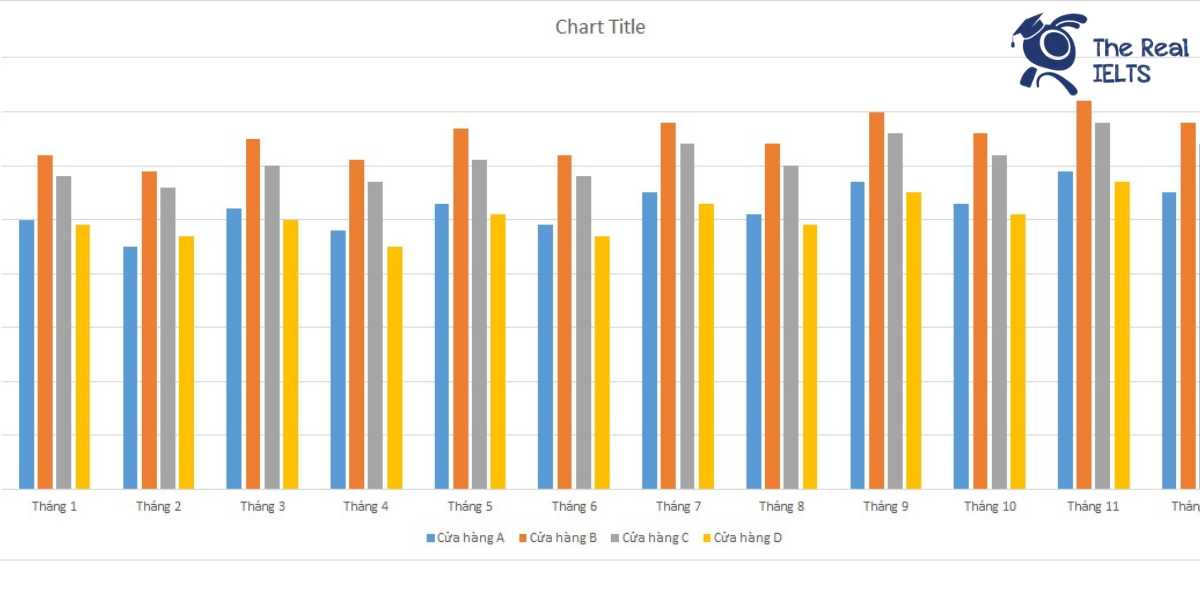Tết Nguyên Đán hay năm mới ở quê hương bạn là chủ đề hay trong IELTS Speaking. Những phong tục truyền thống, lễ hội tưng bừng, và ẩm thực đặc trưng có thể làm nổi bật câu trả lời của bạn.
Đọc thêm các bài luyện thi IELTS khác.
Đọc thêm câu hỏi khác tại: IELTS Speaking Part 1: Introduction and Interview chủ đề Your hometown.
Đọc thêm: IELTS Speaking: Is your hometown a good place for a holiday?
Câu trả lời cho IELTS Speaking: How do people from your hometown celebrate New Year?
Ví dụ 1
In my hometown, New Year’s celebrations are a vibrant mix of traditional customs and modern festivities, reflecting the cultural richness of our community. Let me break it down for you step by step, so you can get a clear picture of how we celebrate this special occasion.
1. Preparations and Decorations
The excitement for New Year begins well in advance. Families start by thoroughly cleaning their homes, a tradition believed to sweep away bad luck and make room for good fortune in the coming year. People also decorate their houses with colorful lights, banners, and flowers. For instance, in my hometown, marigolds and chrysanthemums are particularly popular because they symbolize happiness and prosperity.
In addition to decorations, people often prepare special outfits, usually in bright colors like red or gold, as these are associated with good luck and positive energy.
2. Family Gatherings and Traditional Foods
One of the most cherished aspects of New Year’s celebrations is the time spent with family. On New Year’s Eve, relatives gather at the eldest family member’s home for a feast. The meal is an elaborate affair, featuring a variety of traditional dishes unique to our region. For example, we have a dish called sticky rice cake, which is a symbol of unity and family bonds.
Desserts also play a significant role, with sweet treats like coconut candies or sesame balls symbolizing a sweet start to the year. Everyone sits around, shares stories, and enjoys each other’s company.
3. Midnight Celebrations
As the clock approaches midnight, the atmosphere becomes electric. In the town square, there’s usually a large gathering for a countdown event. People light fireworks, and the sky is filled with vibrant colors and loud cheers. The fireworks display is not only a spectacle but also a symbolic way of driving away bad spirits.
For those who prefer a quieter celebration, some families light lanterns and release them into the sky or rivers. It’s a beautiful and serene moment, symbolizing letting go of the past and embracing new beginnings.
4. Religious and Spiritual Practices
In my hometown, the New Year isn’t just about celebration—it’s also a time for reflection and spiritual renewal. Many people visit temples to pray for health, happiness, and success in the upcoming year. Offering incense and flowers at the temple is a common sight, and some families even invite monks to bless their homes.
5. Visiting Friends and Neighbors
The next day, the festivities continue with visits to friends and neighbors. It’s a time to exchange well-wishes and small gifts, such as fruit baskets or homemade treats. There’s also a tradition of giving money in red envelopes, especially to children, as a gesture of good fortune and encouragement for the future.
6. Community Activities
Finally, the community plays a big role in the celebrations. There are parades featuring traditional music and dance, such as the lion dance, which is believed to bring good luck. Markets and fairs pop up everywhere, offering festive items, local delicacies, and entertainment for people of all ages.
Ví dụ 2
In my hometown, celebrating New Year is a highly anticipated event that combines cultural traditions, family values, and a spirit of joy and renewal. The way people mark this occasion reflects both our community’s heritage and its openness to new ways of celebrating.
1. The Days Leading Up to New Year
Preparations for New Year are as important as the day itself. In the days or even weeks before, people are busy cleaning their homes and decorating them with symbolic items. For example, hanging red banners with meaningful phrases or putting up colorful lights is very common. These decorations are believed to bring luck, happiness, and prosperity in the coming year.
Shopping is another major activity during this time. Families stock up on food, gifts, and new clothes, as wearing something new on New Year’s Day symbolizes a fresh start. The markets are lively and crowded, with vendors selling everything from traditional sweets to decorative plants like kumquat trees or peach blossoms.
2. New Year’s Eve – A Time for Family
New Year’s Eve is a time for family gatherings. Most people stay at home or visit their closest relatives to enjoy a large family meal. This dinner is very special because it includes traditional dishes that are symbolic of good fortune. For example, in my hometown, we have a dish called spring rolls, which are prepared with care and shared among everyone. Each family member contributes to the meal in some way, reinforcing a sense of togetherness.
Before midnight, it’s common for families to sit together, reminisce about the past year, and express their hopes for the future. This moment of reflection is one of the most meaningful parts of the celebration.
3. Midnight Festivities
As midnight approaches, the atmosphere becomes truly magical. Most people gather outdoors, either at their homes or in public spaces, to watch fireworks. In my town, there’s always a spectacular display in the central square, where hundreds of people count down to the new year together.
In addition to fireworks, some families light small sparklers or candles, which symbolize guiding light and warmth for the year ahead. It’s a mix of excitement and symbolism that everyone, especially children, loves.
4. New Year’s Day – Customs and Practices
On the first day of the new year, there are certain customs that everyone follows. For instance, many people believe that the first visitor to their home will determine their luck for the rest of the year, so they choose this person carefully. It’s called “first-footing” and is taken quite seriously in our culture.
Another tradition is visiting relatives and friends to exchange New Year greetings. People wish each other health, happiness, and success while sharing small gifts, like sweets or red envelopes containing money. Children, in particular, look forward to these envelopes, as they symbolize blessings and good fortune.
5. Religious and Spiritual Observances
In my hometown, the spiritual aspect of New Year is very significant. Many people visit temples to pray for a prosperous year ahead. They offer incense, flowers, or fruits to the deities as a way of expressing gratitude and seeking blessings. Some families even perform rituals at home, guided by elders, to honor their ancestors.
6. Community Celebrations and Entertainment
Finally, New Year is also a time for community. There are events like cultural performances, fairs, and even traditional games that bring people together. For example, we have folk dances and music performances that showcase our local heritage. Everyone participates, from young children to the elderly, making it a truly inclusive celebration.
Ví dụ 3
In my hometown, celebrating New Year is a deeply meaningful and joyful time. It’s not just about welcoming a new year; it’s a chance for everyone to connect with family, reflect on the past, and embrace hopes for the future. Let me walk you through how people in my community celebrate this occasion.
1. Preparations – Setting the Stage
The preparations for New Year are exciting and filled with a sense of renewal. People clean their homes thoroughly, which is believed to remove bad luck and make space for positive energy in the coming year. Decorations are also a huge part of the preparation. Houses are adorned with colorful flowers, red paper decorations, and sometimes fruit trees like kumquats or oranges, which symbolize abundance and prosperity.
Another important aspect is preparing traditional foods. Families spend days cooking special dishes, such as sticky rice cakes, pickled vegetables, and sweet treats. The process of making these foods often involves the whole family, which makes it a bonding experience.
2. New Year’s Eve – Family Time
New Year’s Eve is primarily about family. Most people stay at home with their loved ones and have a special meal together. This meal is more than just food; it’s a time for reflection and gratitude. Every dish has a symbolic meaning—like longevity noodles for a long life or dumplings for wealth.
As the evening progresses, families often watch TV together. In my hometown, it’s a tradition to watch a special New Year’s Eve program that features music, comedy, and cultural performances. It creates a festive atmosphere and builds up excitement for the midnight countdown.
3. The Midnight Moment
When the clock strikes midnight, the whole town comes alive. Fireworks light up the sky, and you can hear cheers and laughter everywhere. It’s a thrilling moment that marks a fresh start.
Some families also have quieter traditions during this time, like lighting candles or making wishes for the new year. In our culture, the idea of starting the year on a positive note is very important, so everyone is careful to be cheerful and avoid arguments.
4. New Year’s Day – Tradition and Celebration
The first day of the new year is all about spreading good energy. In the morning, people dress in their best clothes, often new ones, to symbolize a fresh beginning. Families visit their elders first to offer New Year greetings and wish them health and happiness. It’s also common for children to receive red envelopes filled with money as a token of luck and blessings.
In my hometown, people believe that the first day sets the tone for the whole year, so everyone tries to be kind, polite, and generous.
5. Community Festivities and Religious Practices
Community celebrations are another highlight. There are parades featuring traditional dances, like the lion or dragon dance, which are believed to bring good fortune. Local markets and fairs add to the festive mood, offering food, games, and entertainment for all ages.
Many people also visit temples on New Year’s Day. They offer prayers and make donations to show gratitude and seek blessings for the year ahead. Temples are often beautifully decorated during this time, creating a serene and uplifting environment.
6. The Days After New Year
The celebrations don’t end on New Year’s Day. In fact, the first few days of the new year are filled with visits to friends and relatives. It’s a time to strengthen relationships and enjoy each other’s company. People share meals, exchange gifts, and reminisce about the past while making plans for the future.
Ví dụ 4
In my hometown, New Year is the most exciting and meaningful celebration of the year. It’s a time when traditions, family, and community come together to create an atmosphere of joy and renewal. Let me share with you how we celebrate it.
1. Preparations Before New Year
The preparations for New Year start well in advance. People clean and organize their homes, which symbolizes removing the old and making way for the new. It’s a tradition that everyone participates in, and even children are encouraged to help.
Decorating the house is another essential part of the preparation. In my hometown, people love using flowers like marigolds and chrysanthemums, as they represent prosperity and happiness. Some families also hang red banners with auspicious sayings on their doors to invite good fortune.
Shopping is also a big event leading up to New Year. Families stock up on traditional foods, new clothes, and gifts. Markets are packed with people buying everything they need, and there’s always a festive buzz in the air.
2. New Year’s Eve – A Time for Gratitude
New Year’s Eve is all about spending time with family. In the evening, everyone gathers for a big meal, which is often the most elaborate feast of the year. The dishes served are not just delicious but also symbolic. For instance, sticky rice cakes represent unity, while fish is a sign of abundance.
After dinner, families usually stay up together to wait for the arrival of the new year. Some people take this time to reflect on their achievements and challenges from the past year, while others share their hopes for the future.
As midnight approaches, the excitement builds. Fireworks are a highlight of the celebration, and the entire sky lights up with vibrant colors. In addition to the fireworks, people often make wishes for health, happiness, and success as they step into the new year.
3. New Year’s Day – Traditions and Joy
The first day of the new year is the most important. People wake up early and wear their best clothes, often in bright colors to symbolize joy and energy. Visiting relatives and friends is a key tradition. The younger generation greets their elders, wishing them health and happiness, and in return, they often receive red envelopes containing money as a symbol of good fortune.
Another tradition in my hometown is avoiding negativity on New Year’s Day. People refrain from arguing, using harsh words, or breaking anything, as these are considered bad omens. Instead, everyone tries to keep a cheerful and positive attitude.
4. Religious and Cultural Practices
For many families, visiting a temple is an essential part of the celebration. People offer prayers, light incense, and make small donations to show gratitude and seek blessings for the year ahead. It’s a serene and meaningful experience that adds a spiritual dimension to the celebrations.
5. Community Celebrations and Festivities
The community aspect of New Year is also very special. Public spaces are filled with events like cultural performances, parades, and traditional games. For instance, we have lion dances and drum performances, which are believed to chase away bad luck and bring good energy. Everyone, from children to the elderly, gets involved in these activities, making it a truly communal event.
6. The Days That Follow
New Year celebrations in my hometown don’t end on the first day. The festivities often continue for several days. Families visit more relatives and friends, enjoy festive meals, and sometimes host small gatherings at home. It’s a time for reconnecting with loved ones and strengthening relationships.


